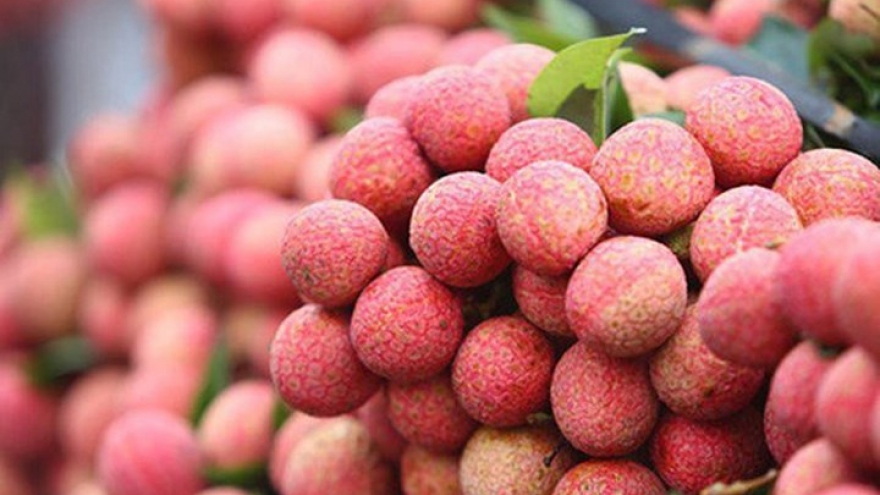Vietnam's fruits struggle for ground in foreign markets
VOV.VN - Despite relatively high export growth, it is not easy for Vietnamese fruits to look for expansion to international markets and acquire major market shares as it can take 5-10 years to negotiate necessary international business contracts.
 |
At a recent discussion between businesses and relevant ministries and departments on how to remove obstacles in production and trade, many participants held that there should have been a long-term strategy for Vietnamese fruits to secure their foothold in choosy markets.
So far, inadequate research on market demand and competition has resulted in some market entry failures. They cite the examples of exporting lychees to the US or dragon fruits to Chile.
In terms of profits, some experts warned businesses to keep calm after initial success. A report of the Vietnam Fruit and Vegetable Association shows that the average profit of fruit and vegetable businesses was just 7% last year as they failed to consider changes of material prices over seasons.
However, exporters find it difficult to control pesticide residues in the fruits before export.
No matter what, the fruit export strategy has further been boosted. Fruit and vegetable exports jumped by 42.5% last year and exceeded the mark of US$3 billion for the first time.
China topped Vietnamese fruit and vegetable importers with US$2.65 billion last year, making up 75.7% of market share. Exports to Japan, the US and the Republic of Korea also obtained high value with respective market shares of 3.63%, 2.92% and 2.45%.
The Food and Agriculture Organization of the United Nations (FAO) forecasts that the global fruit and vegetable market will grow by 8% in the 2017-2020 period and reach US$320 billion by 2020. Therefore, the door for Vietnamese fruits to foreign markets still opens, but to retain a foothold in international markets is a thorny problem.
Experts suggest it is high time to develop a strict monitoring system for agricultural production towards reducing and excluding chemicals in crop protection and fruit preservation.



